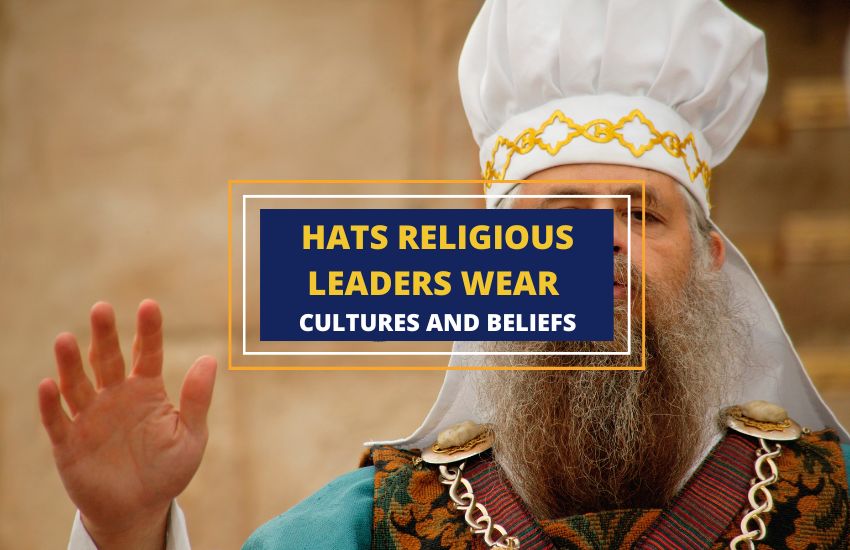
Table of Contents
Hats have always been a way to express one’s style, status, and beliefs. From fedoras to turbans, hats come in various shapes, sizes, and colors, reflecting different cultures and traditions. However, have you ever wondered about the hats worn by religious leaders?
The headgear worn by these individuals is not just an accessory but has significant religious and cultural significance. It symbolizes their position, authority, and connection to their faith. From the mitre worn by the Pope to the kippah worn by Jewish rabbis, the hats worn by religious leaders offer a glimpse into their religion’s history and traditions.
In this article, we’ll explore some of the most interesting hats worn by religious leaders around the world.
1. Papal Tiara
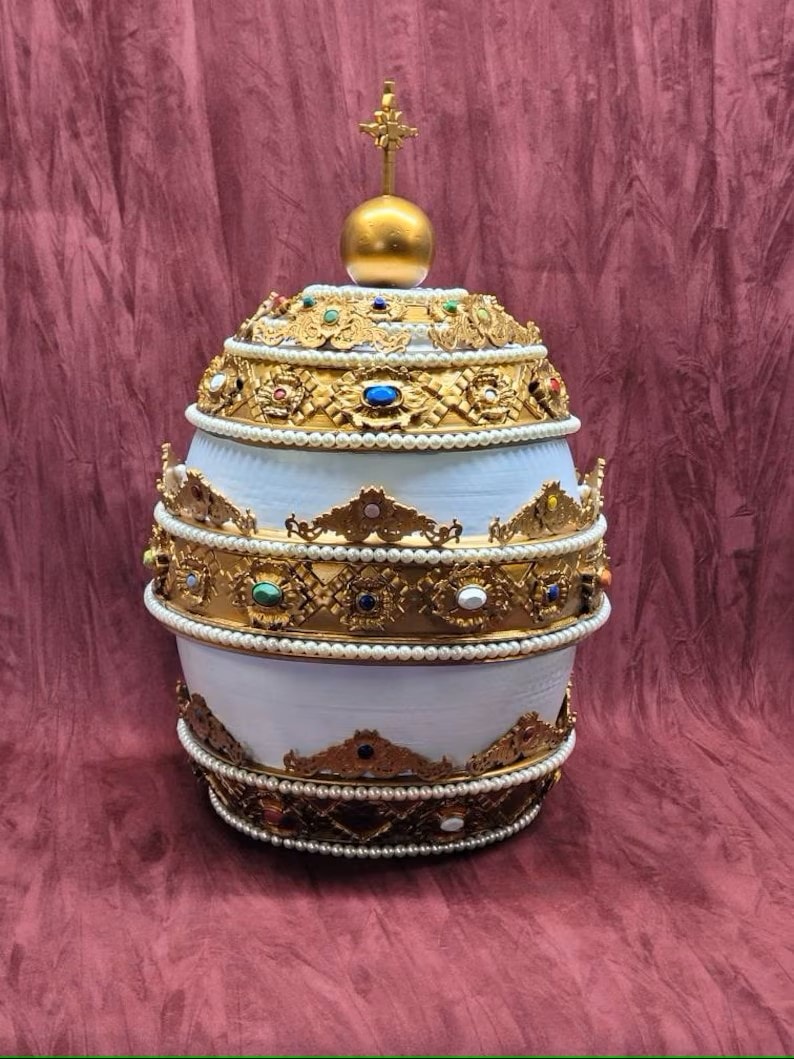
The papal tiara, a three-tiered crown worn by popes during ceremonies, is a potent symbol of the Catholic Church’s authority. Its history dates back to ancient Rome, where it evolved from a conical head covering worn by priests.
Each tier holds its significance, with the first representing earthly authority, the second spiritual authority, and the third the mediator between God and humanity. However, today, you’ll rarely see the tiara on a pope, as they opt for humility and simplicity.
Despite this, the papal tiara remains a captivating reminder of the Catholic Church’s rich history and traditions, inspiring people worldwide. It continues to represent the power of the papacy in shaping religion and culture and symbolizes the Pope’s connection to the divine.
2. Zucchetto
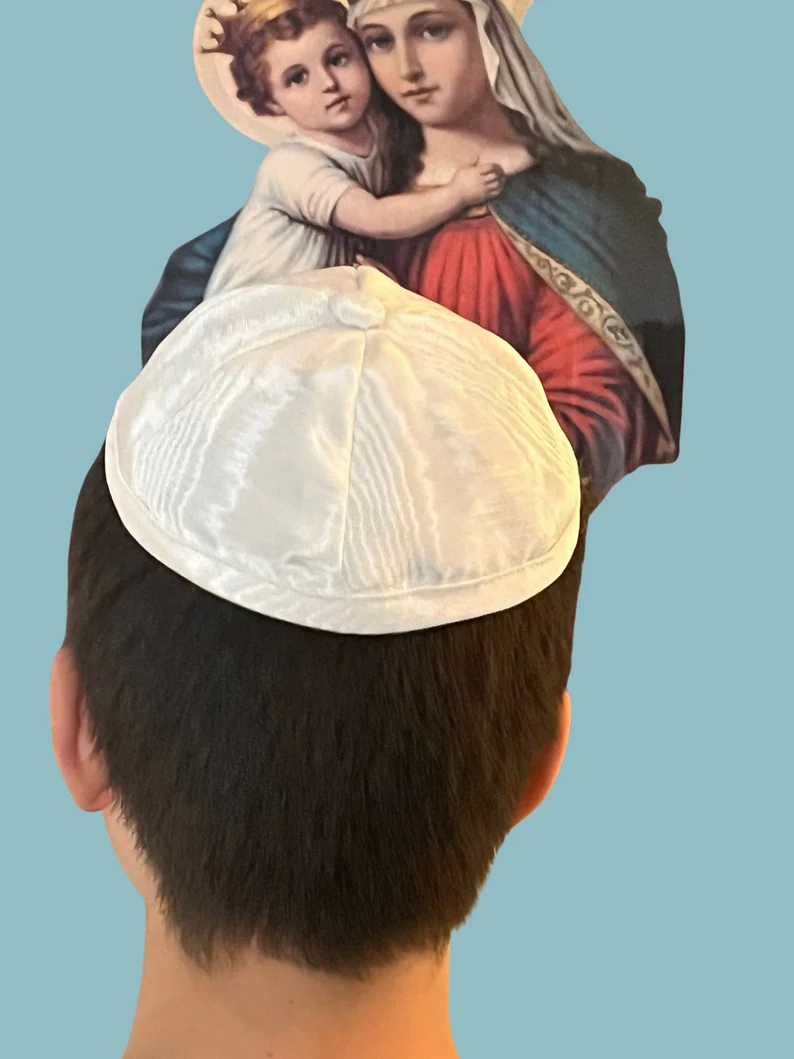
The zucchetto, a small hat donned by Catholic clergy, including the Pope and cardinals, is a potent symbol of religious authority. It’s a constant reminder of their connection to the divine, and their role in the Church’s hierarchy.
While the design remains consistent, the zucchetto’s colors and styles vary to represent a person’s church rank. The Pope and cardinals sport different colored zucchetto, with purple for bishops and black or blue for priests.
Despite the zucchetto’s symbolic weight, it represents both authority and humility. Catholic clergy wear a simple cap to maintain their reverence and humbleness, aware of their place in the larger religious landscape.
The zucchetto is an iconic accessory, synonymous with the Catholic Church’s deep history and traditions. Its simple yet elegant design is a powerful reminder of the unwavering strength of faith.
3. Kippah or Yarmulke
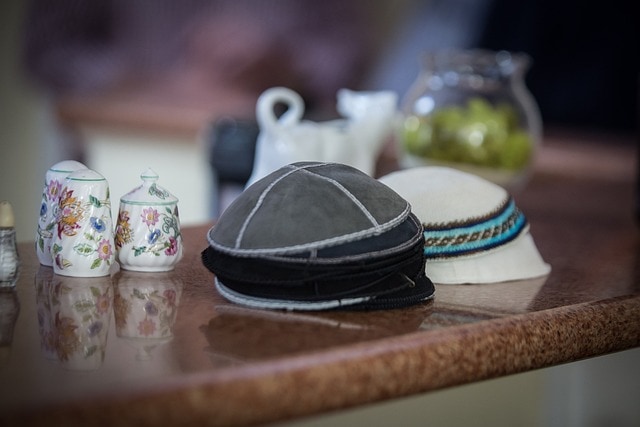
The kippah, also known as a yarmulke, is a small skullcap that holds significant power in Jewish culture. Worn by Jewish men, it serves as a tangible symbol of faith and devotion. The kippah has a rich history that traces back to ancient times, when it was used as a sign of reverence for God’s presence.
Over time, the kippah has evolved into its recognizable circular shape, representing Jewish identity and connection to the divine. While the fundamental design remains constant, the kippah’s colors and patterns vary and reflect the wearer’s level of religious observance.
However, beyond its religious significance, the kippah also symbolizes humility, a reminder of one’s place in the world and the importance of staying grounded. Today, the kippah remains an iconic symbol of Jewish culture, and its significance continues to inspire people worldwide.
4. Shtreimel
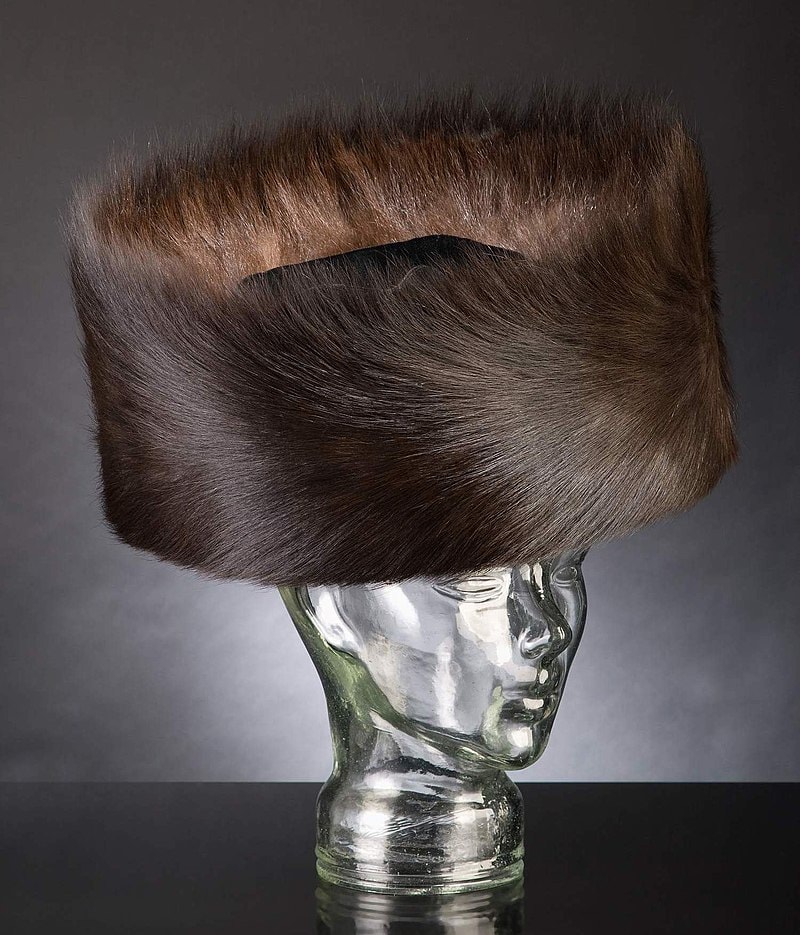
The Shtreimel, a luxurious fur hat worn by married Hasidic Jewish men during special occasions, holds a long and fascinating history that dates back to the early days of Hasidic Judaism. It was once a head covering worn by Eastern European nobility and evolved into the magnificent fur hat we see today.
Each part of the Shtreimel holds its symbolic significance, from the beautiful fur representing the splendor of God’s creations to the hat’s circular shape symbolizing the cyclical nature of life and the constant need for spiritual growth. Besides serving as a symbol of Hasidic Jewish culture, the Shtreimel signifies status and respect.
Wearing the Shtreimel signifies a man’s religious and marital commitment, and its luxurious fur is often a sign of wealth and prosperity. The Shtreimel is an iconic representation of Hasidic Jewish traditions and a symbol of the community’s rich history.
5. Turban

The turban has a rich cultural history and holds immense significance worldwide. Its meaning varies depending on the culture, style, colors, and materials used. The turban has been a symbol of faith and devotion in religions such as Sikhism, Islam, and Judaism.
It’s also an essential accessory in traditional attire, as seen in the Gele turban worn by women in Ghana and Nigeria during special events. The turban’s versatility is visible in the brightly colored turbans worn in India and the simple white turbans donned by Arab men.
The turban’s evolution over the years has made it an iconic representation of tradition and cultural heritage, a symbol of spirituality, and an emblem of pride and honor.
6. Karakul
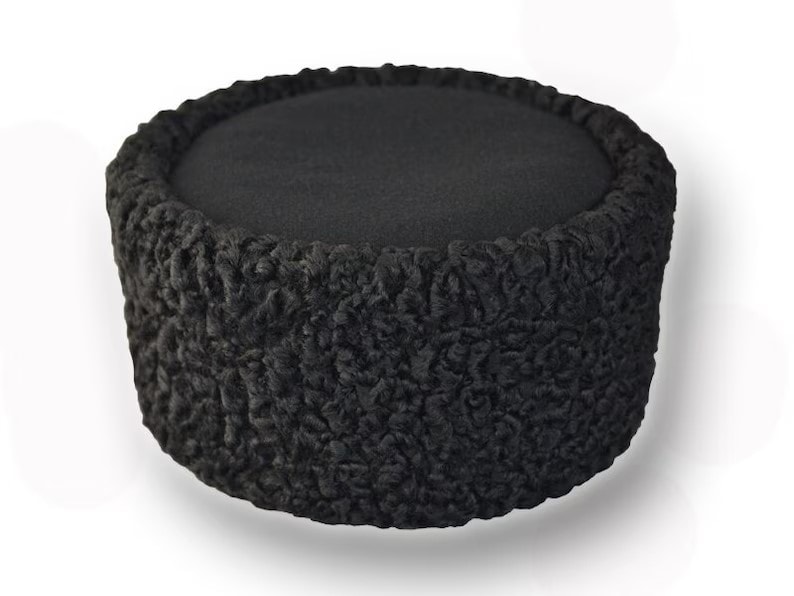
The Karakul, a fur hat made from the wool of a unique breed of sheep in Central Asia, is a fascinating cultural icon. This headwear has gained worldwide recognition due to its association with various religions and traditions.
The Karakul holds immense religious significance, particularly in Islam, and is a common sight during religious festivals like Eid al-Fitr and Eid al-Adha. In Iran, it’s popular among religious scholars, symbolizing respect and authority.
The Karakul is a traditional headwear in Central Asia, worn in countries such as Pakistan, Afghanistan, and Uzbekistan, and represents cultural identity. Its style and design vary depending on the region. For example, the Bukharan Karakul, a popular Uzbekistani hat, features a flat top and is made from the fur of newborn lambs.
7. Mitre
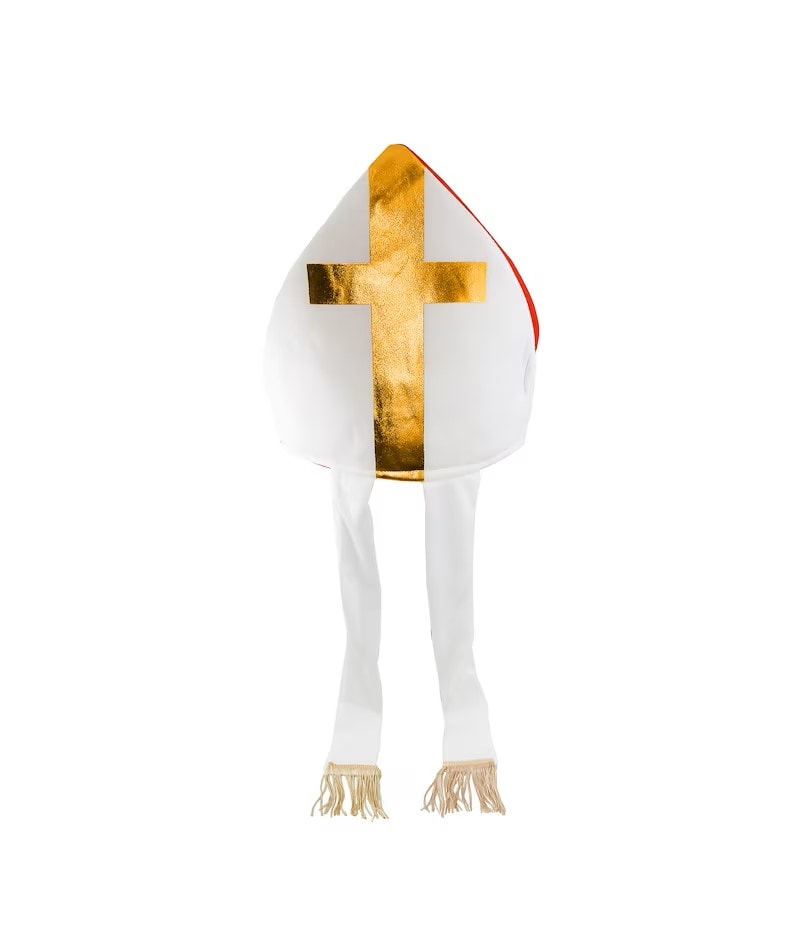
The Mitre is a fascinating and ornate headpiece that exudes a sense of religious authority and tradition. Its tall, pointed design and intricate details have captured the attention of many worldwide.
This unique hat holds a significant place in various religions and cultures, from Christianity to Judaism and even Buddhism. It’s often associated with bishops and cardinals in Christianity, serving as a prominent headdress during sacred ceremonies and events.
The Mitre’s elaborate design, including exquisite embroidery and precious gems, reflects the wearer’s status and religious significance. The hat’s unique shape and style differ based on the culture and beliefs of the wearer.
Aside from its religious context, the Mitre has also been an important accessory in traditional settings. For example, the Mitre is a symbol of the Papal Tiara, which is worn by the Pope in the Roman Catholic Church, indicating his supreme authority over the church’s followers.
8. Klobuk
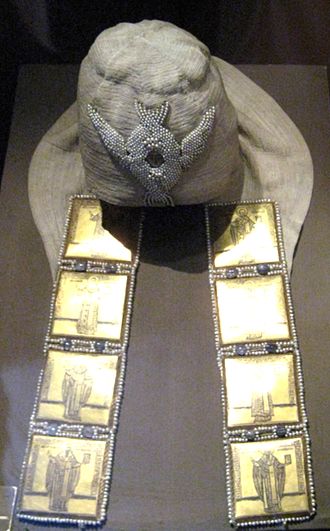
With its distinctive cylindrical shape and austere appearance, the Klobuk is an iconic and fascinating headwear with a rich history in the Eastern Orthodox Church. This felt hat, usually black or brown, is an essential part of the traditional attire worn by monks and priests.
The Klobuk is more than just a practical piece of clothing. It’s an important symbol of religious authority and asceticism in the Eastern Orthodox Church. During religious ceremonies such as ordinations and consecrations, the Klobuk serves as a visible reminder of the wearer’s spiritual devotion and commitment to a life of service to God.
In the Eastern Orthodox Church, the Klobuk is associated with humility and detachment from worldly concerns. By wearing this austere headwear, monks and priests demonstrate their willingness to set aside their own needs and desires in favor of their religious duties.
9. Kalimavkion
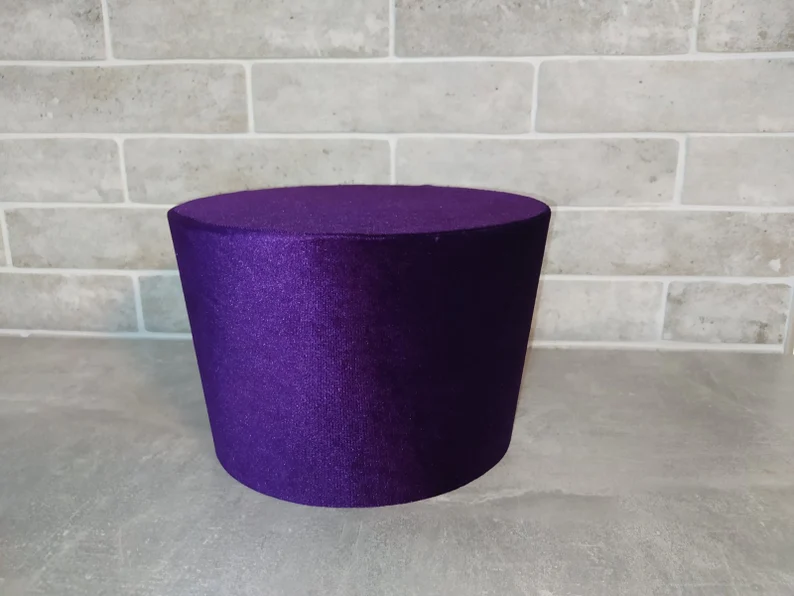
The Kalimavkion, worn by bishops and priests in the Eastern Orthodox Church, is a unique and fascinating cylindrical hat with a rich history. This iconic headwear has a significant religious meaning, representing the wearer’s spiritual authority and connection to God.
The Kalimavkion is typically made of black velvet or silk and has a thin cylindrical shape. The top of the hat often features a small cross or a button, adding to its religious significance. Apart from its religious meaning, the Kalimavkion is also an important part of traditional attire in some cultures.
The hat comes in different sizes, with bishops wearing larger hats and priests wearing smaller ones. The Kalimavkion’s elegant design and cultural significance have made it a recognizable symbol of the Eastern Orthodox Church.
10. Camauro
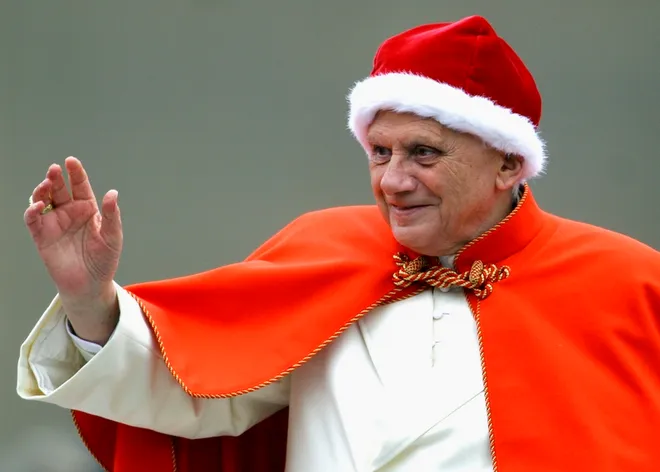
The Camauro is an eye-catching headwear with a fascinating history in the Roman Catholic Church. This crimson red velvet cap with plush white fur trim is the winter garb of the Pope during colder months.
The Camauro was also an essential part of traditional attire in the Republic of Venice, where the Doge of Venice donned it with a peaked tip in the past. Interestingly, Michelangelo even portrayed the Pope wearing the Camauro in one of his paintings.
The Camauro features a simple design with a rounded shape that covers the head and ears. The hat’s luscious white ermine or rabbit fur adds a touch of elegance to the already sophisticated headpiece.
11. Biretta
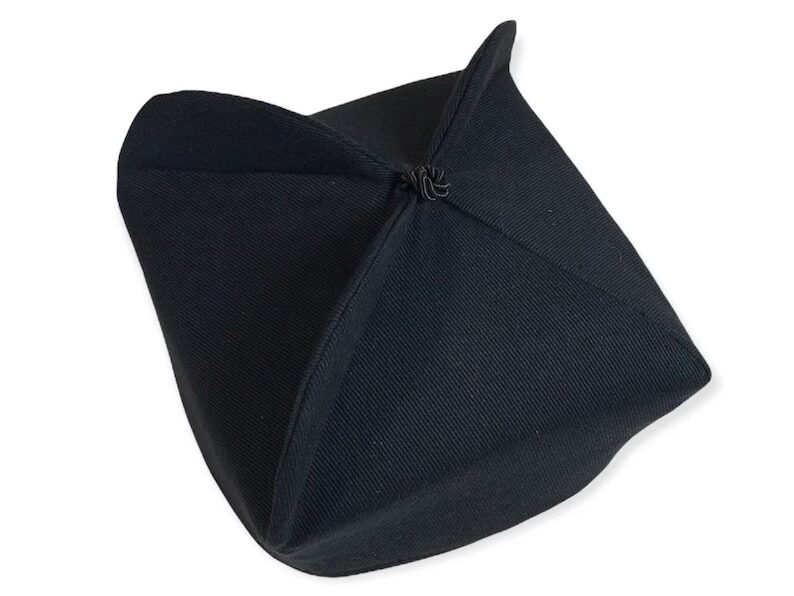
The Biretta is a captivating and iconic headwear with a rich history in the Roman Catholic Church. This distinctive flat-topped hat with its striking three or four ridges is a common sight during religious ceremonies, usually worn by members of the clergy.
In addition to its religious significance, the Biretta has played a prominent role in traditional attire across the globe. In Italy, the Biretta was once a favorite headdress of lawyers and professors during the 19th century.
The Biretta is a symbol of the clergy’s spiritual authority and connection to God in the Roman Catholic Church. It’s usually seen on priests, deacons, and bishops during religious ceremonies like Mass and the sacraments. The hat’s design is simple, with a flat crown, tassel on the peak, and a band surrounding its base. The Biretta’s wool or silk material comes in red or black, making it a striking accessory to any outfit.
12. Tagelmust
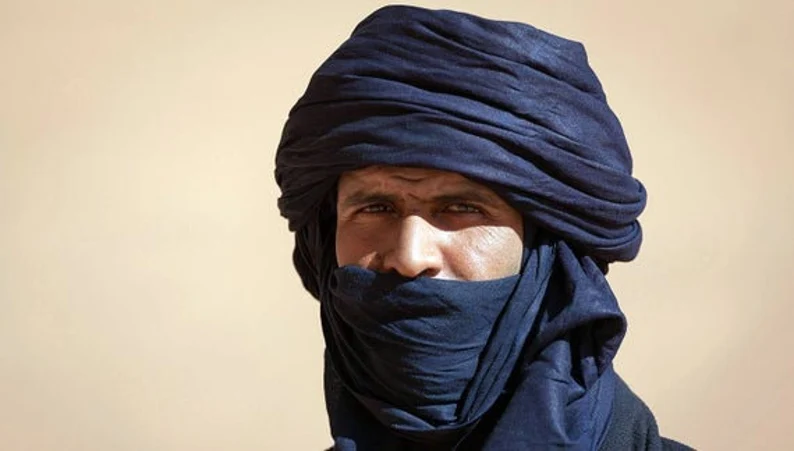
The Tagelmust, or Tuareg turban, is a captivating headwear that has a fascinating history in West Africa’s Tuareg culture. Made of indigo-dyed cotton, this turban is an essential part of Tuareg men’s cultural identity and religious beliefs.
The Tagelmust holds a significant symbol in the Tuareg culture, representing their resistance against colonialism. Tuareg men wear it during religious ceremonies, such as weddings and funerals. The indigo dye used to color the turban also represents the desert and sky, crucial elements of Tuareg life.
The Tagelmust is an important part of Tuareg tradition and culture, and different colors and designs represent various meanings and emotions. The turban is available in different styles, and Tuareg men wrap it in different ways. Some styles are more elaborate and complex than others, showcasing their expertise in tying the turban.
13. Pastafarian Colander

The Pastafarian colander is no ordinary kitchen utensil – it’s a symbol of a satirical religion that challenges traditional beliefs. The Church of the Flying Spaghetti Monster, which the colander represents, was created to mock religion and push back against discrimination.
It all started when a man named Lukas Novy fought for his right to wear a colander in his driver’s license photo as a sign of his Pastafarian faith. Since then, the colander has become a significant symbol of the religion’s commitment to individual freedom and expression.
You may even spot some colanders with the Church’s logo or images of spaghetti and meatballs. For Pastafarians, this seemingly silly headwear is a powerful statement against religious oppression.
14. Coyote Shaman Headdress
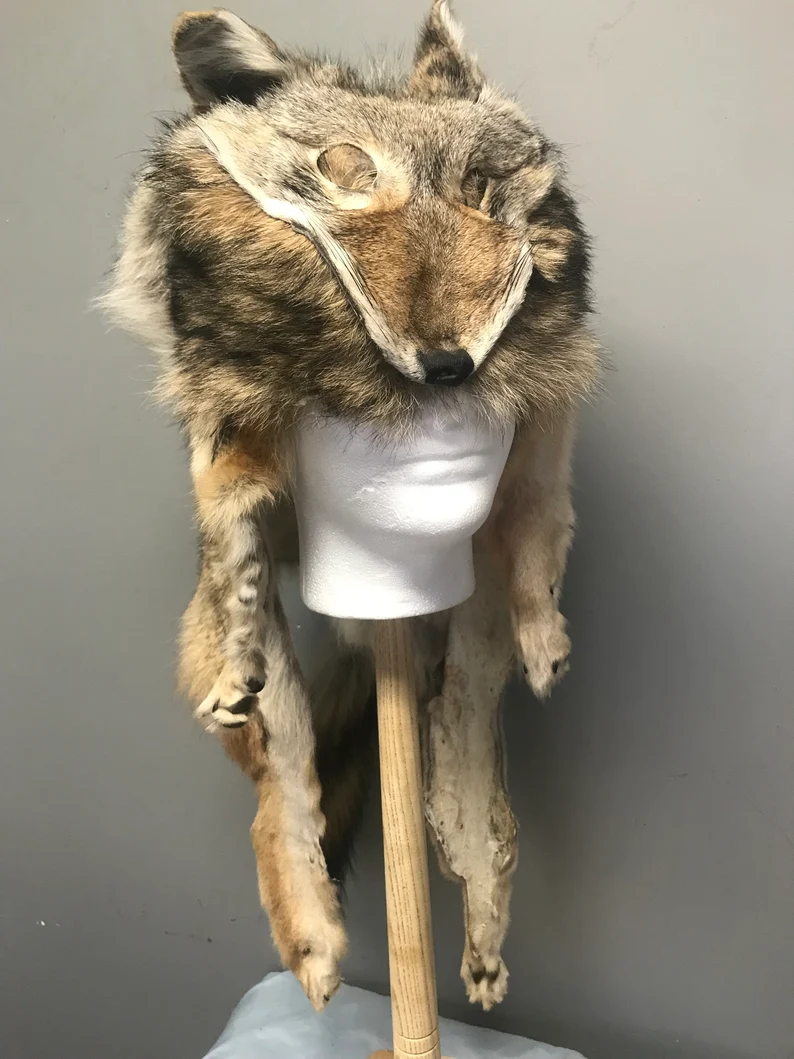
The Coyote Shaman Headdress is more than just a fashion statement for Native American shamans, particularly in the Pueblo tribes of the Southwest United States. This headwear is a symbol of spiritual power, representing the shaman’s ability to communicate with the spirit world and bring healing and guidance to their community.
With trickster energy and transformation, the Coyote is a sacred animal in Native American culture. The headdress is adorned with various materials such as feathers, fur, and beads and has a woven base, often of cotton or wool. It typically includes coyote imagery or elements like coyote fur or teeth, making it a unique and personal piece for each shaman.
During various Native American ceremonies and rituals, such as healing ceremonies and vision quests, the shaman wears the headdress to symbolize their spiritual power and connection to the natural world. The headdress channels the energy of the Coyote, allowing the shaman to perform healing or transformative acts that benefit the community.
15. Voodoo Headdress
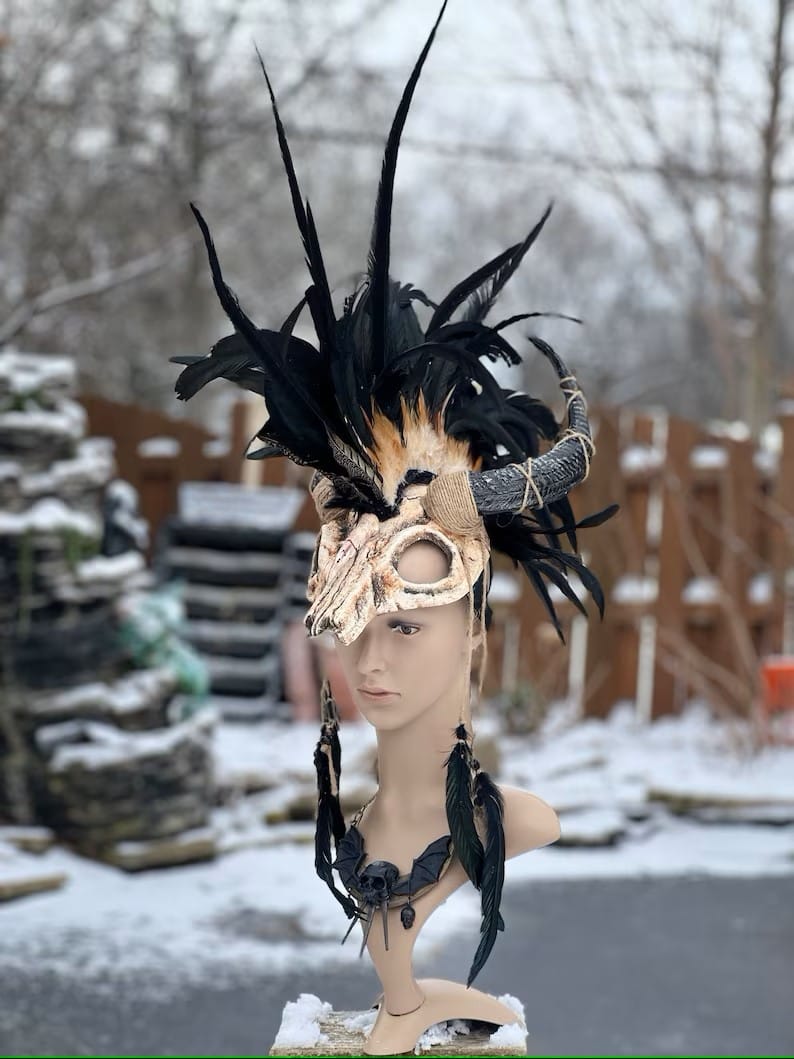
The Voodoo headdress is a powerful symbol of mysticism and tradition in the Voodoo faith. Originating in West Africa and now widely used by practitioners around the world, this headwear embodies the spiritual and potent aspect of this religion.
Voodoo practitioners believe that the headdress represents their spiritual power and connection to the spirit world. It’s adorned with symbols and materials that hold deep spiritual significance, like feathers, beads, and shells. During Voodoo ceremonies and rituals, the headdress helps to connect the practitioners with the spirits and channels their energy.
The design of the Voodoo headdress varies, ranging from simple feather and bead arrangements to intricate and ornate styles with more complex designs and materials. Handmade by practitioners using traditional methods and materials, the headdress is an essential tool in preserving and passing on Voodoo practices and beliefs.
16. Mitpachat
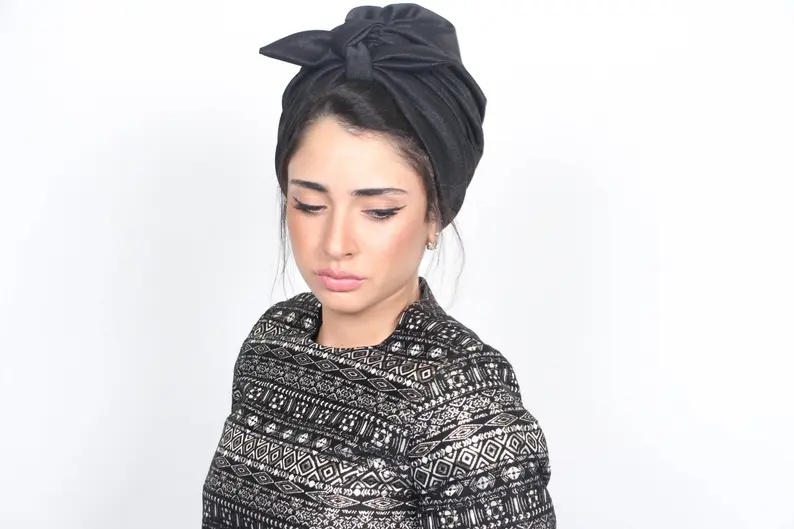
The mitpachat, also known as the tichel or headscarf, is a traditional Jewish head covering worn by married women. Its history can be traced back to ancient times when head coverings were common for both men and women. In Jewish culture, the mitpachat is a symbol of modesty and piety and is worn to show respect for God.
In modern times, the mitpachat has become a popular fashion accessory among Jewish women, with a variety of colors and styles available. Some women wear it for religious reasons, while others wear it as a statement of their cultural identity or as a fashion choice.
The mitpachat has also become a symbol of Jewish feminism, with many women choosing to wear it as a way of expressing their independence and solidarity with other Jewish women. Overall, the mitpachat is a fascinating and important part of Jewish culture and tradition, with a rich history and evolving significance in contemporary society.
Wrapping Up
Hats worn by religious leaders are not just mere accessories but carry deep symbolism and meaning. From the towering headdresses of the Ancient Egyptian pharaohs to the papal tiaras of the Catholic Church, each hat tells a unique story about the culture, traditions, and beliefs of the religion and its followers.
These hats continue to fascinate and intrigue people around the world, providing a window into the rich history and diversity of religious practices.








